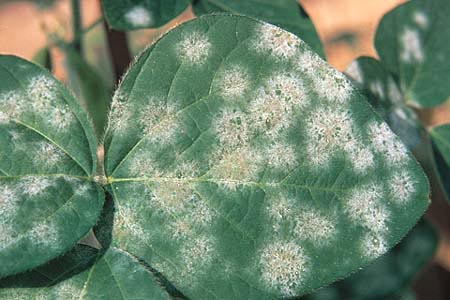How to stop harmful growth of fungi on plants and animals
 Washington, December 23 : If a new research is anything to go by, then scientists are closer to understanding how mold, mildew and other fungi grow, which would help scientists learn how to stop their harmful growth on plants and animals.
Washington, December 23 : If a new research is anything to go by, then scientists are closer to understanding how mold, mildew and other fungi grow, which would help scientists learn how to stop their harmful growth on plants and animals.
"Fungi have a big impact on our dinner plate," said Dr. Brian Shaw, Texas AgriLife Research plant pathologist.
"We tend to think that getting food on the table is easy. But fungi are major disease-causing organisms for both plants and animals. With more research, we can find new ways to compete with them," he added.
Commonly known fungi are molds, mildews, mushrooms and yeast.
According to Shaw, anyone who thinks humans are not in an all-out war with pathogenic fungi need to know that some 70 percent of the major disease-causing organisms are fungi.
That fact alone has researchers like Shaw going to great lengths to discover how to combat the negative aspects of fungi.
Shaw, for one, is challenging existing scientific knowledge with new observations on how fungal cells grow.
At a recent meeting of the International Fungal Biology Conference in Ensenada, Mexico, Shaw demonstrated with unique movie footage his observation that fungi cells grow and are shaped using both outward and inward flow of growth materials.
A closer look shows that fungi are made of thread-like cells called hypha. Magnified, the individual threads look like the outline of a blimp.
Growth of the fungi is confined to the apex or end of the hypha cell.
"That''s different from the way animal or plant cells grow," Shaw said.
A common thought for 50 years has been that the hypha direct their growth to the apex of their cell through outward flow of growth material forming a longer and longer blimp-like shape.
This is called exocytosis.
But Shaw found that there is a region of the cell at the growing apex of the hypha that directs material inward.
That process is known as endocytosis.
He discovered this with the help of a student who took microscopic photos of the growing cell every 30 seconds for six hours.
That yielded a video that demonstrated growth.
"We think the hypha is recycling material. It is growing outward toward a marker at the cell apex, but is also recycling that marker inward. We call this the ''apical recycling model''," said Shaw.
Shaw''s work has been done on the common lab fungus Aspergillus nidulans.
It is not a pathogen, but information from Shaw''s research translates to disease-causing fungi and will help researchers learn how to stop their harmful growth on plants and animals. (ANI)